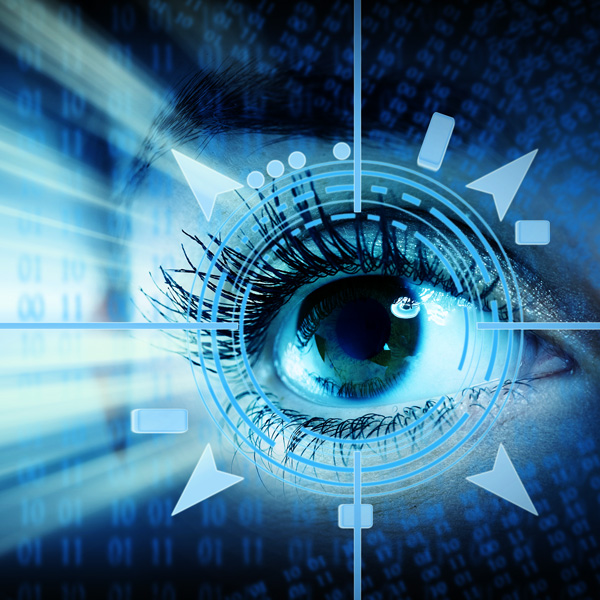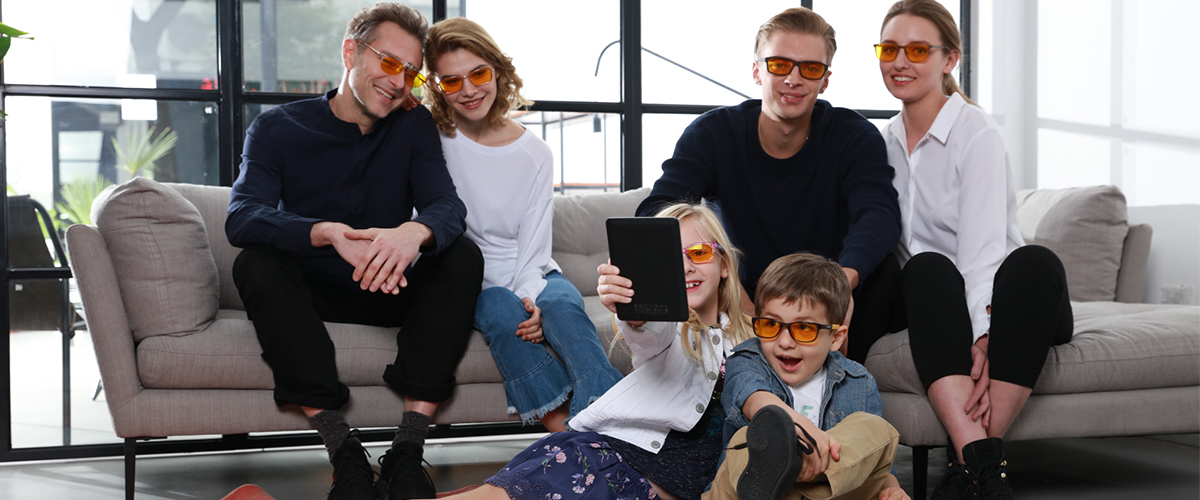
Blue light protection for elderly – is it necessary?
New studies show a connection between blue light and the development of cataracts. In today’s digital era, we are constantly surrounded by screens and modern
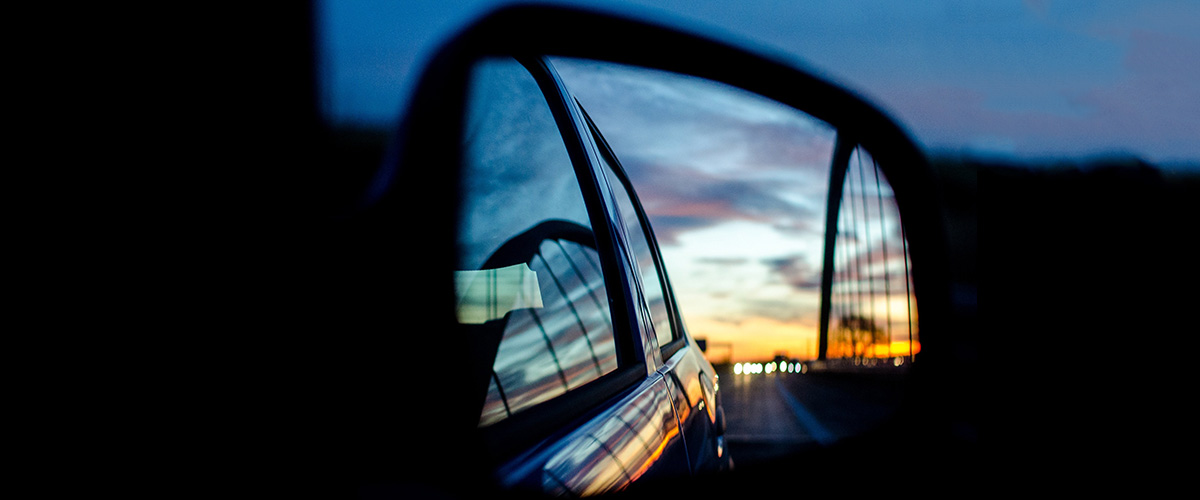
Safety when driving a car depends to a large extent on the processing of optical signals. The faster a potential risk is identified, the faster the driver can react. Within fractions of a second, objects are recognized and movements are “computed”. The processing of these signals takes place in the brain, but is quite dependent on good “raw data” from the eye. We show you how you can support your eyes in the process.
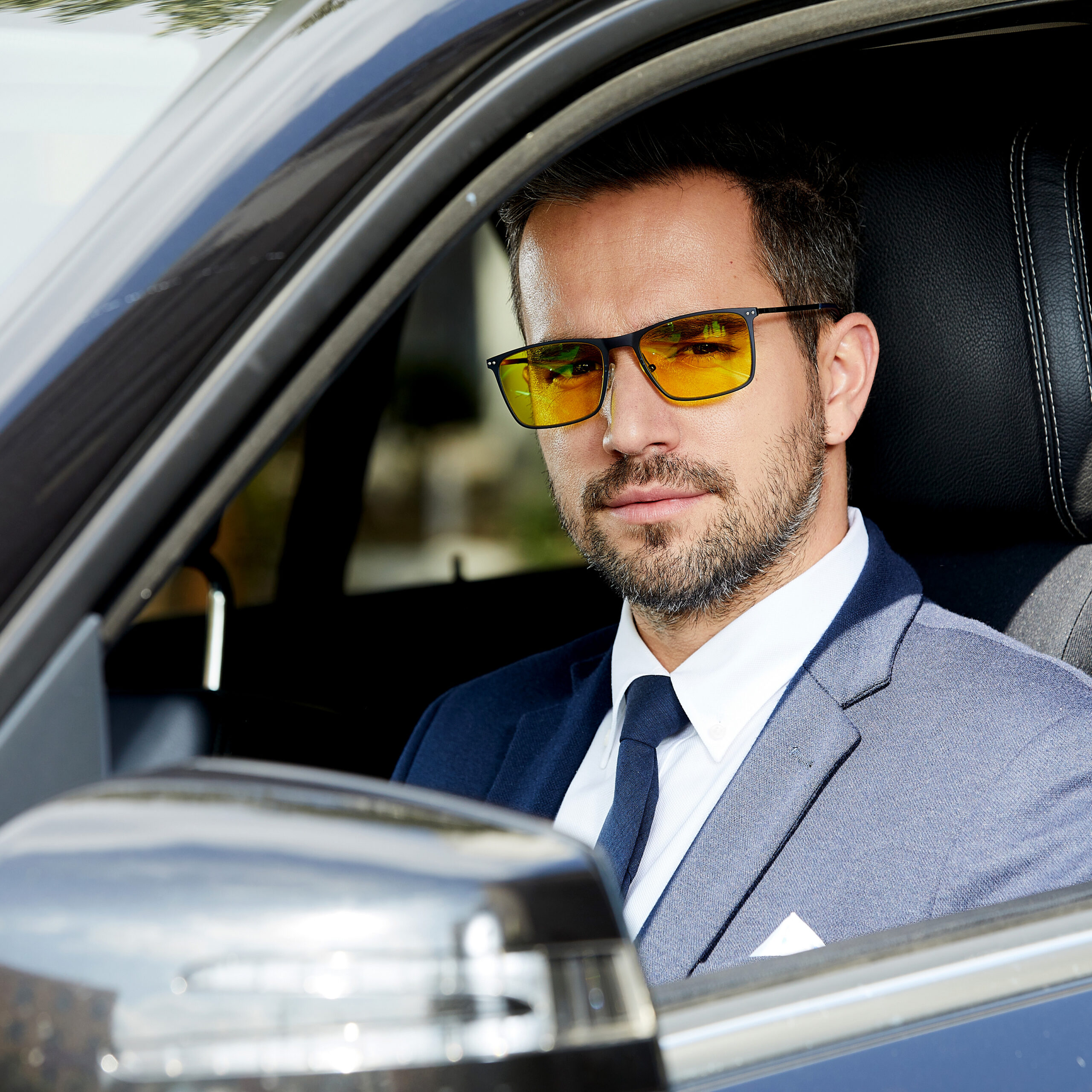
There are a few simple steps that every motorist should always follow: Make sure your vision is clear (clean windshield, good wiper blades), and that your car lights are in working order.
You can support your eyes even more effectively with special driving glasses.
The PRiSMA DRiVE Day&Night driving glasses with their sophisticated yellow filter enhance contrast perception and perceived visual acuity. This is due to the fact that it filters out blue light components, which have a different refractive behavior due to shorter wavelengths and therefore do not hit the retina in a focused manner. The color fringes that result from this cause slight blurring. The keener vision due to blue light reduction relaxes the eyes and thus significantly increases well-being, visual performance and concentration.

Blue light is more refractive than red light. It is focused on a different plane in the eye than long-wave light components, resulting in color fringing and blurring. For this reason, pilots and athletes often wear yellow glasses, which reduce the blue components
and thus increase visual acuity and contrast. In the same way, AMD patients are often prescribed yellow glasses or contact lenses to protect the macula from the damaging blue light.
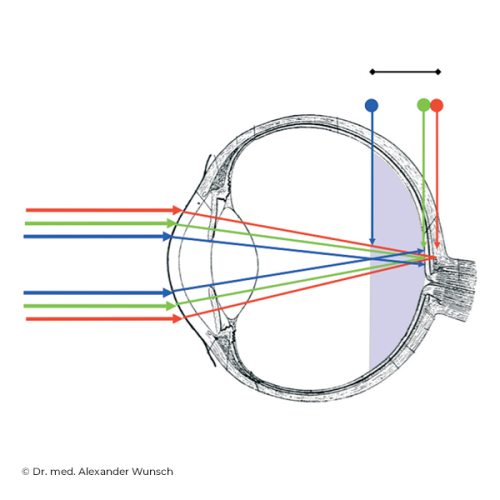
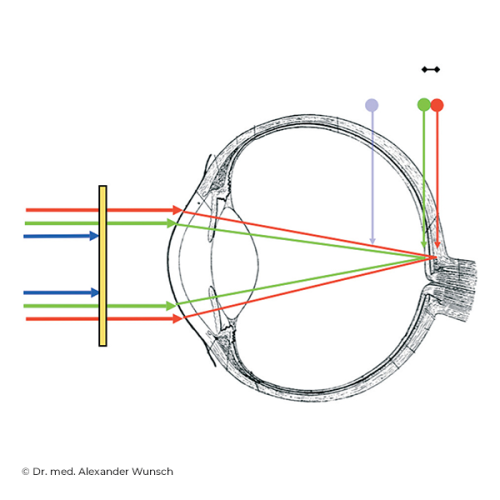
At night, the eyes are even more challenged, as darkness and blindingly bright lights frequently alternate. The light from the widely used xenon headlights is perceived by many people as dazzling and unpleasant. Newer LED headlights are even brighter and the eyes often need several security-relevant seconds to be able to see in the dark again at all.
Both xenon and LED light have a high blue content, which contributes particularly to the glare. This component is selectively filtered out by our DRiVE85 filters.
As a result, our driving glasses can noticeably reduce glare, and significantly improve visual performance, especially at night.
What else is expected of a pair of driver’s glasses?
For clear vision, it is particularly important at night to minimize disturbing light reflections. That’s why the DRiVE Day&Night has a special anti-reflection coating that minimizes residual reflections to less than 1%. At the same time, the anti-reflective coating increases light transmission.
This is because in order for a pair of glasses to be approved as roadworthy, they must meet certain criteria. For example, the lens color must not impair the recognition of signal colors, and it is especially important for night driving that enough light reaches the eye.
Our DRiVE Day&Night is designed to meet all these requirements while providing the ideal support for your eyes. The transmission properties have been tested by an independent institute and comply with the latest standards for roadworthiness. (as of 2021, applies to EU only)
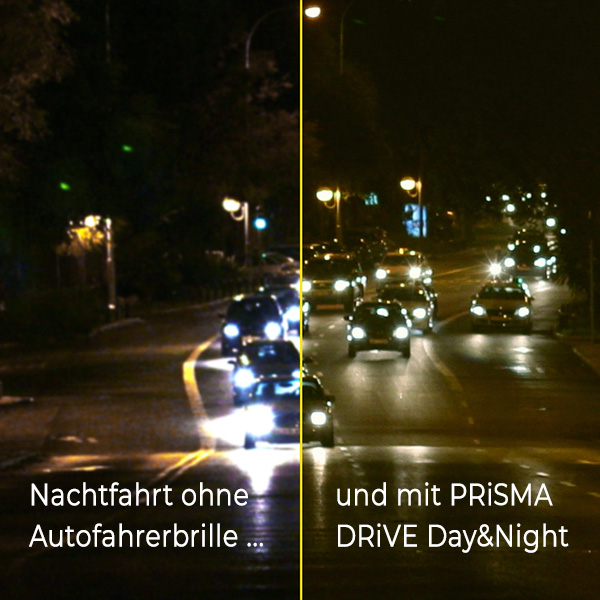

New studies show a connection between blue light and the development of cataracts. In today’s digital era, we are constantly surrounded by screens and modern

Screen glasses with blue light filters, which are recommended for working on a PC, would allegedly not offer much added value. This is the result

The PRiSMA® BluelightProtect LiTE95 filter glasses can be described as the UNIVERSAL filter with a true 95% blue light filter rate in the 400 to
